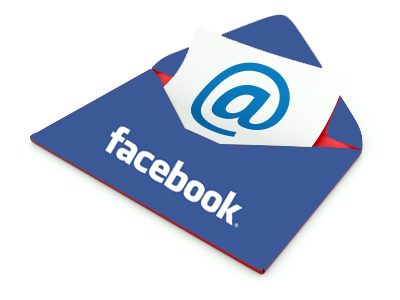The ever-evolving social media landscape is revolutionising the UK marketplace, and as a result businesses have more ways than ever before to reach their customers.
In ExactTarget’s recent Social Profile UK report we surveyed the UK online consumer base, and looked at which social channels motivate UK consumers to buy. The results were interesting; while 46% of UK online consumers have purchased after receiving an email marketing message, nearly 50% of all UK online consumers have ‘liked’ a brand on Facebook, and 24% of those said they are more likely to buy from that brand having done so.
The figures indicate that while ‘traditional’ email marketing remains an important player in the online marketing space, Facebook is becoming an increasingly valuable tool – not only in creating social media ‘buzz’ but also in driving online consumer purchasing.
In order for businesses to make the most of this tool and to fully optimise their customer interactions, they should be managing their email and social media marketing channels together.
The report found that of the 95% of consumers who choose to engage with brands online, 38% of these have both subscribed to and been a fan of a brand – in other words, they have both subscribed to receive emails from a brand and ‘liked’ it on Facebook.
Indeed, in this sense Facebook and email are very alike as the people on your business Facebook page are already your former, current or future customers. People on your Facebook and email share similar metrics; for example, email subscribers can be viewed as the equivalent to Facebook ‘likes,’ and vice versa. Facebook and email also share similar content and testing methodologies. It’s true for both Facebook and email- businesses want to provide relevant and timely content that will drive interactions and conversations. To understand what’s resonating with Fans and email subscribers, businesses can test content and ask for interactive. Don’t be afraid to vary content, pictures or what time-of-day you send the message.
Based on our research, we have come up with five ways that businesses can make the most out of an integrated Facebook and email marketing approach:
- Join the conversation. The value in conversing with customers across multiple social channels is enormous. Message tagging, team assignments and scheduled updates help you scale engagement and leverage what you learn for other marketing efforts
- Understand the impact. Analytics are crucial for growing and evaluating success on Facebook and then leveraging what you learn across email and other channels. Businesses should assess tools that report on Facebook Fan trends, inbound and outbound messaging and impressions
- Customise the data. It’s one thing to push content to Facebook, it’s another thing to understand how your message resonates with your audience. Generate reports based on sentiment, message grouping and message type that help drive deeper engagement and customer service
- Drive email opt-ins on Facebook. Use your Facebook landing tab as an email opt-in opportunity. Test putting free content or special offers behind a “fan gate” with email sign-up to get email addresses and additional customer data
- Promote Facebook in email confirmation and unsubscribes. Use your transactional emails as a way to build your fan base. Some of your customers may prefer passive messages through Facebook rather than more active, direct messages.
Furthermore, in order to really understand what works for individual businesses, testing needs to be undertaken. Again, businesses should take a cross-channel approach to this research to ensure that message delivery is both effective and relevant;
- Time and day testing. Use email time-of-day and day-of-week testing to optimise your Facebook status update schedule. Facebook tends to be a “primetime” medium for many people who can’t use it during the workday. However, with the great proliferation of smartphones, wireless use of Facebook may make it more a 24/7 medium. It the meantime, it’s critical to “stir the pot” on Facebook in the evening for maximum engagement.
- Copy testing. Use email subject line testing to optimise Facebook ad headlines. The reverse also works.
- Image testing. Images have a sizable impact on click through rate for Facebook ads. Test multiple images in combination with headlines to determine the best image for each email.
Facebook has become one of the most powerful online communities for engagement, sharing and interaction, and in doing so has opened up new opportunities for marketers to interact with their customers. For this reason it is crucial for businesses to be managing both their email and their social media marketing channels. This is not to say a “one size fits all” approach should be adopted; as explained in my five tips, it’s important to remember that consumers demand engaging, customized data. But in tailoring this data to produce a consistent, cross-channel brand experience, businesses can expect to get the very best out of their marketing strategies.






